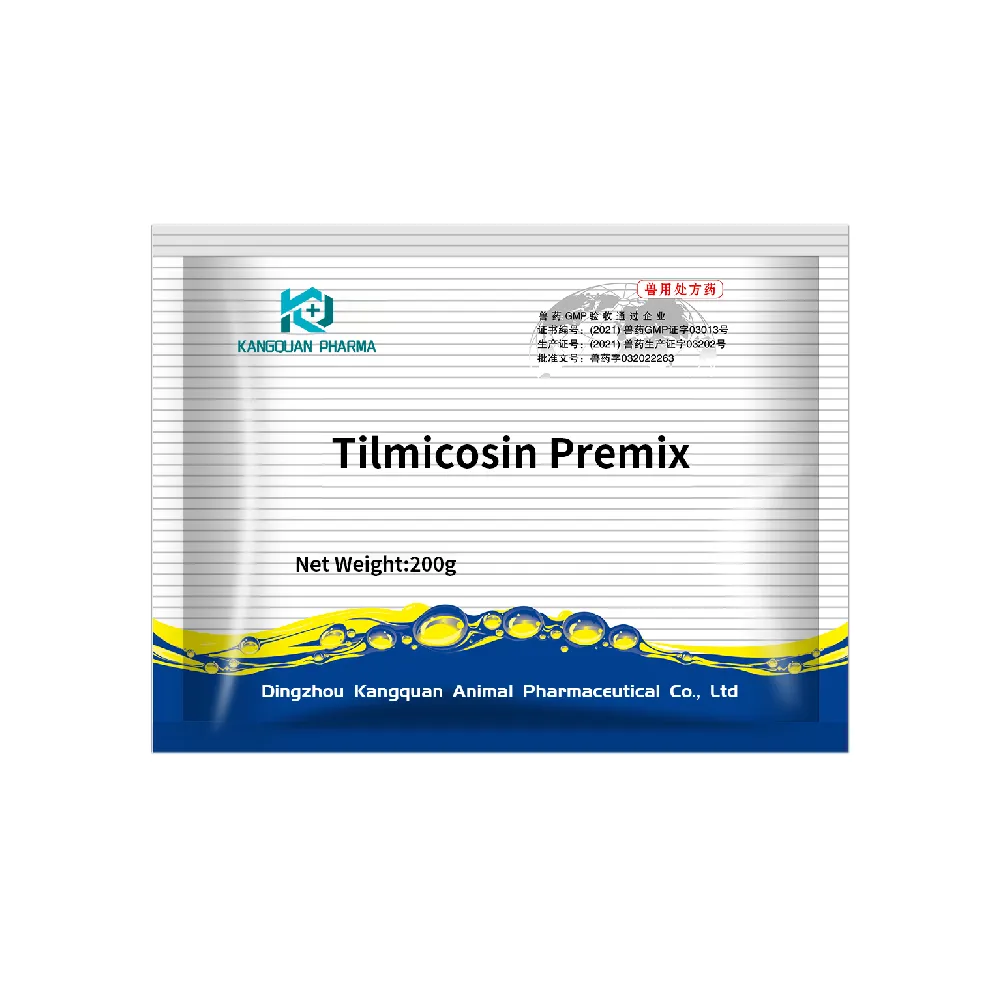- Afrikaans
- Albanian
- Amharic
- Arabic
- Armenian
- Azerbaijani
- Basque
- Belarusian
- Bengali
- Bosnian
- Bulgarian
- Catalan
- Cebuano
- Corsican
- Croatian
- Czech
- Danish
- Dutch
- English
- Esperanto
- Estonian
- Finnish
- French
- Frisian
- Galician
- Georgian
- German
- Greek
- Gujarati
- Haitian Creole
- hausa
- hawaiian
- Hebrew
- Hindi
- Miao
- Hungarian
- Icelandic
- igbo
- Indonesian
- irish
- Italian
- Japanese
- Javanese
- Kannada
- kazakh
- Khmer
- Rwandese
- Korean
- Kurdish
- Kyrgyz
- Lao
- Latin
- Latvian
- Lithuanian
- Luxembourgish
- Macedonian
- Malgashi
- Malay
- Malayalam
- Maltese
- Maori
- Marathi
- Mongolian
- Myanmar
- Nepali
- Norwegian
- Norwegian
- Occitan
- Pashto
- Persian
- Polish
- Portuguese
- Punjabi
- Romanian
- Russian
- Samoan
- Scottish Gaelic
- Serbian
- Sesotho
- Shona
- Sindhi
- Sinhala
- Slovak
- Slovenian
- Somali
- Spanish
- Sundanese
- Swahili
- Swedish
- Tagalog
- Tajik
- Tamil
- Tatar
- Telugu
- Thai
- Turkish
- Turkmen
- Ukrainian
- Urdu
- Uighur
- Uzbek
- Vietnamese
- Welsh
- Bantu
- Yiddish
- Yoruba
- Zulu
10 月 . 30, 2024 15:49 Back to list
albendazole veterinary dosage per kg
Albendazole Veterinary Dosage Understanding the Guidelines per kg
Albendazole is a broad-spectrum anthelmintic agent widely used in veterinary medicine for the treatment of various parasitic infections in animals. Its effectiveness against a range of nematodes, cestodes, and other parasites makes it a staple in animal health management. However, administering the correct dosage is crucial to ensure both efficacy and safety, making understanding the recommended dosage per kilogram of body weight vital for veterinarians and pet owners alike.
Importance of Dosage Calculation
The effectiveness of albendazole largely depends on the proper dosage tailored to the specific species being treated, as well as the individual animal's health status, age, and weight. Overdosing can lead to toxicity, while under-dosing may fail to eliminate the parasites entirely, potentially leading to recurring infections. Therefore, calculating the proper dosage per kg of body weight is essential for achieving optimal results.
Recommended Dosage Guidelines
The typical dosage of albendazole for veterinary use varies depending on the type of animal
1. Cattle and Sheep The recommended dosage for cattle and sheep ranges from 5 to 10 mg per kg of body weight, administered as a single dose orally. This range is effective for treating gastrointestinal nematodes and lungworms, alongside some cestodes.
2. Swine Swine generally require a slightly higher dosage, up to 20 mg per kg of body weight. The most common use in pigs is for the treatment of various gastrointestinal parasites.
albendazole veterinary dosage per kg

3. Dogs and Cats For smaller animals like dogs and cats, the dosage is typically around 10 to 15 mg per kg of body weight. Care should be taken with smaller breeds or those with pre-existing health issues, as their response to medications can be unpredictable.
Administration
Albendazole is usually administered orally in the form of tablets, granules, or suspension, making it relatively easy to deliver to animals. It is important to ensure that the animal consumes the entire dose, as partial dosages could lead to incomplete treatment.
Risks and Side Effects
While generally safe when used correctly, some potential side effects of albendazole include gastrointestinal upset, allergic reactions, and in rare cases, bone marrow suppression, especially with prolonged use or overdose. Veterinary professionals should monitor treated animals for any adverse reactions, particularly following the first dose.
Conclusion
In conclusion, the appropriate use of albendazole hinges on administering the correct dosage per kg of body weight, tailored to the specific species and individual needs of the animal. By adhering to the recommended guidelines—5 to 10 mg/kg for cattle and sheep, 15 to 20 mg/kg for swine, and 10 to 15 mg/kg for dogs and cats—veterinarians and pet owners can effectively manage parasitic infections while minimizing the risk of side effects or inadequate treatment. Regular consultations with a veterinarian, along with vigilance in monitoring pet health, can further enhance the safe and effective use of this valuable anthelmintic agent in veterinary practice.
-
The Power of Radix Isatidis Extract for Your Health and Wellness
NewsOct.29,2024
-
Neomycin Sulfate Soluble Powder: A Versatile Solution for Pet Health
NewsOct.29,2024
-
Lincomycin Hydrochloride Soluble Powder – The Essential Solution
NewsOct.29,2024
-
Garamycin Gentamicin Sulfate for Effective Infection Control
NewsOct.29,2024
-
Doxycycline Hyclate Soluble Powder: Your Antibiotic Needs
NewsOct.29,2024
-
Tilmicosin Premix: The Ultimate Solution for Poultry Health
NewsOct.29,2024













